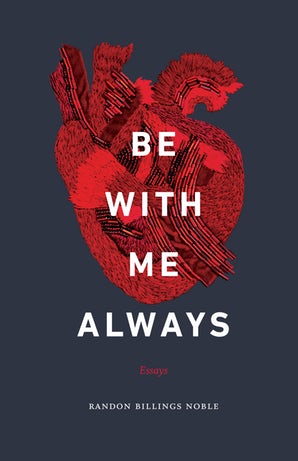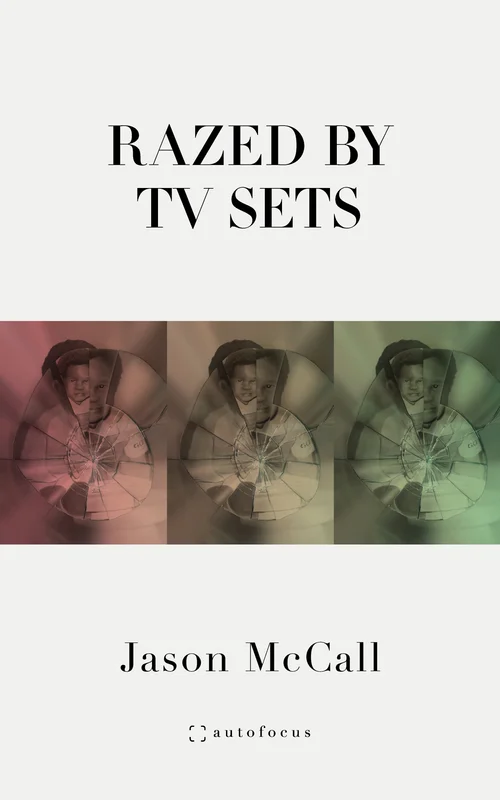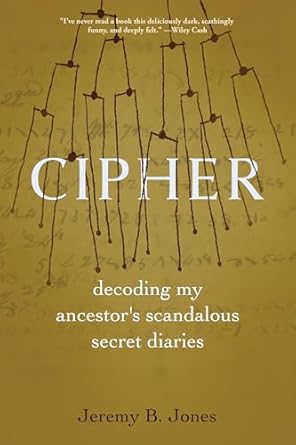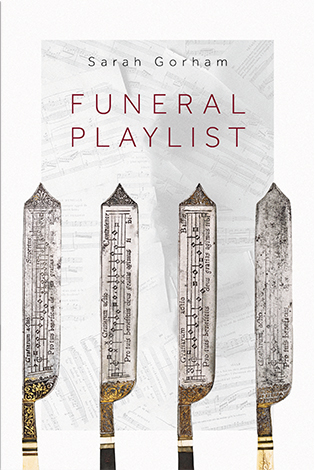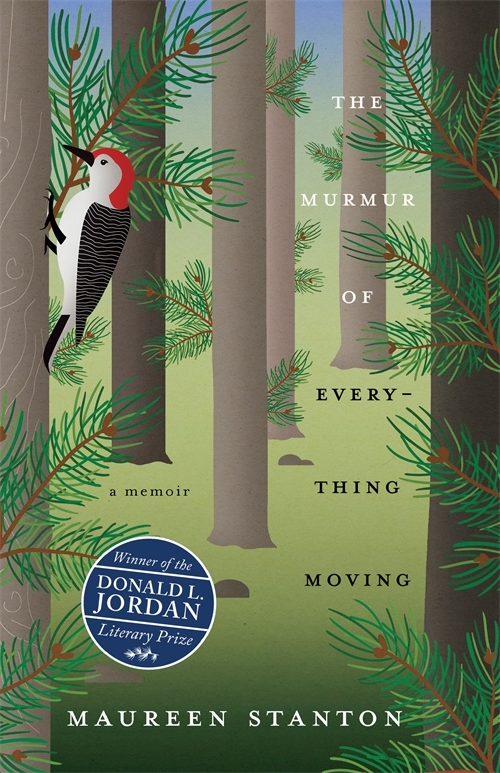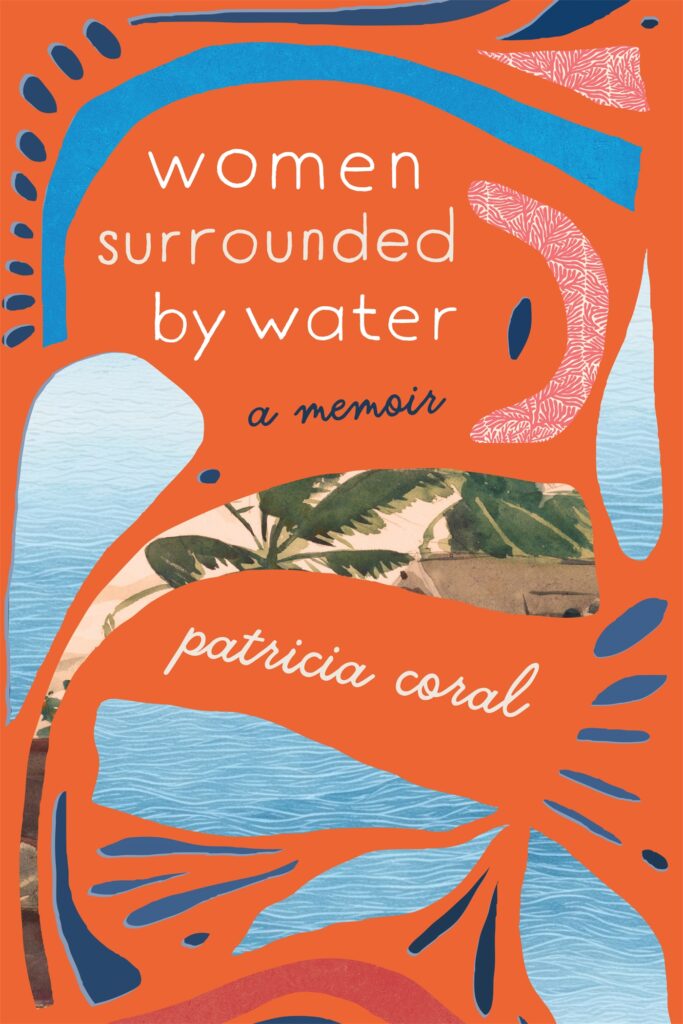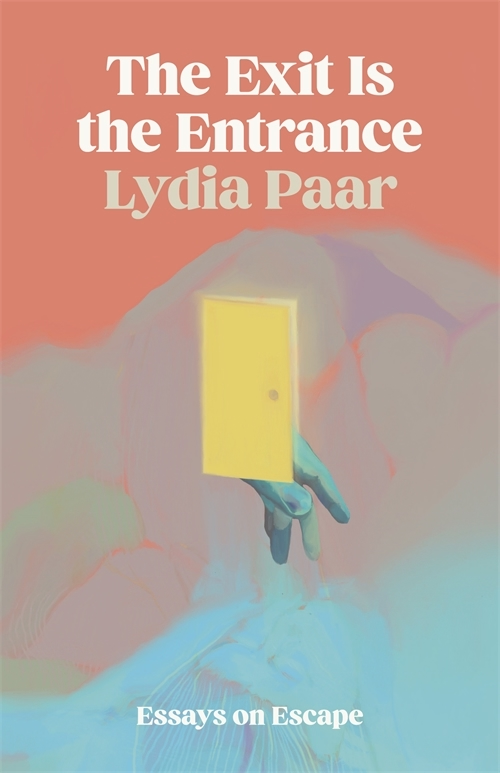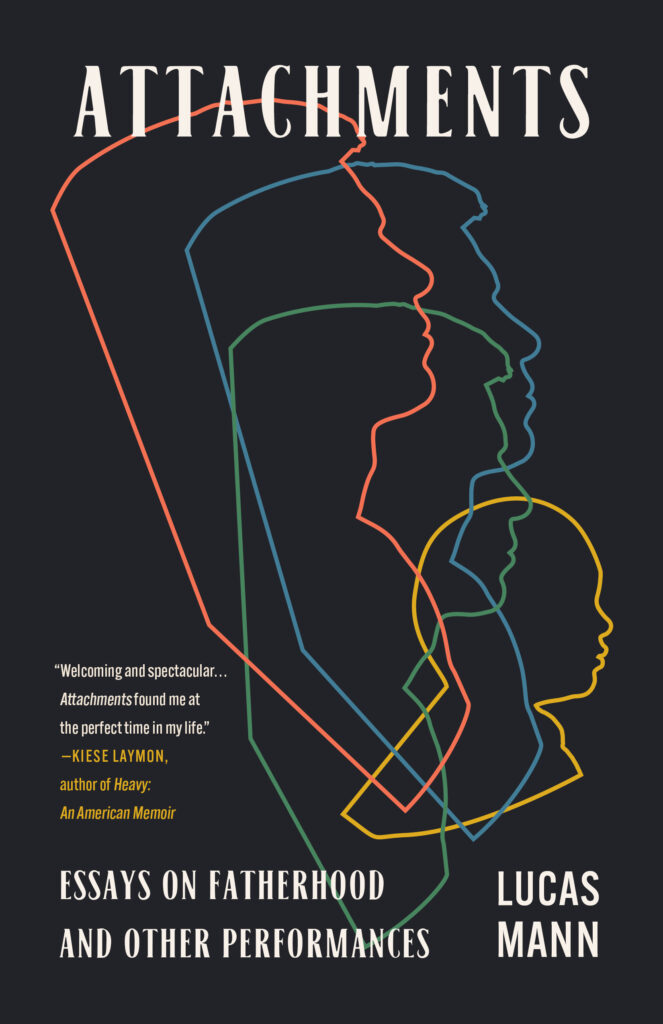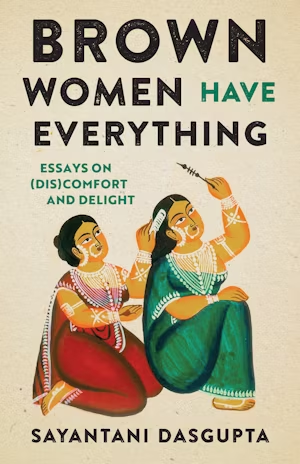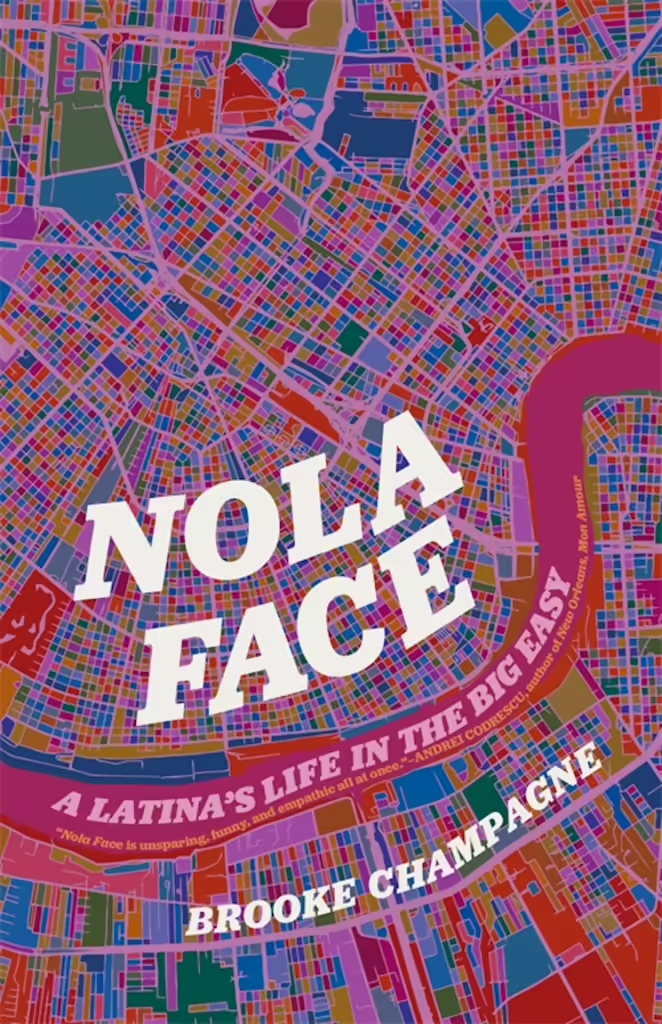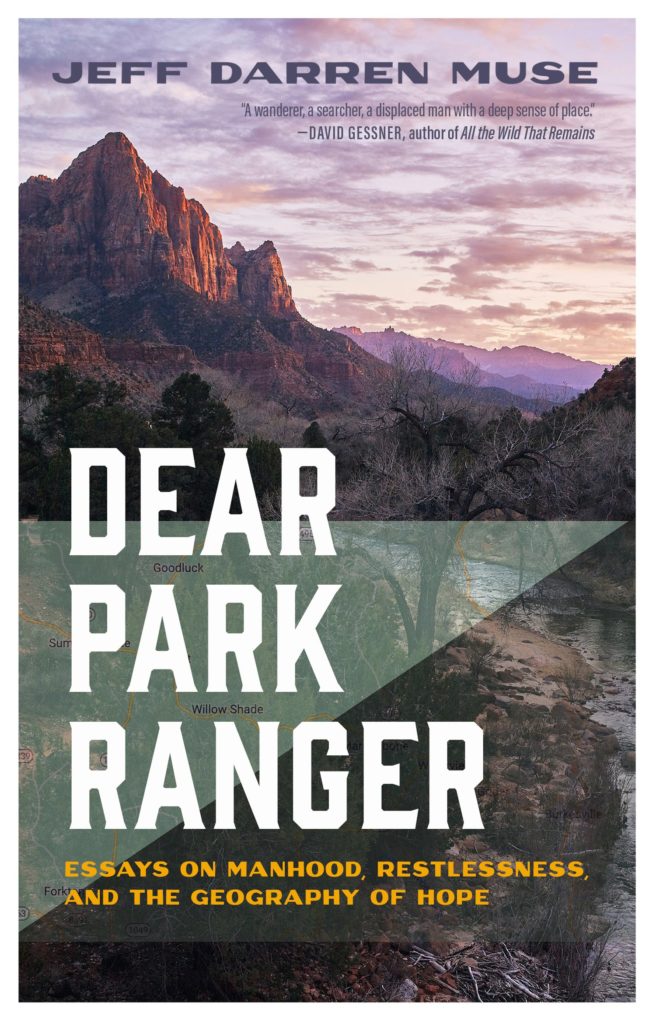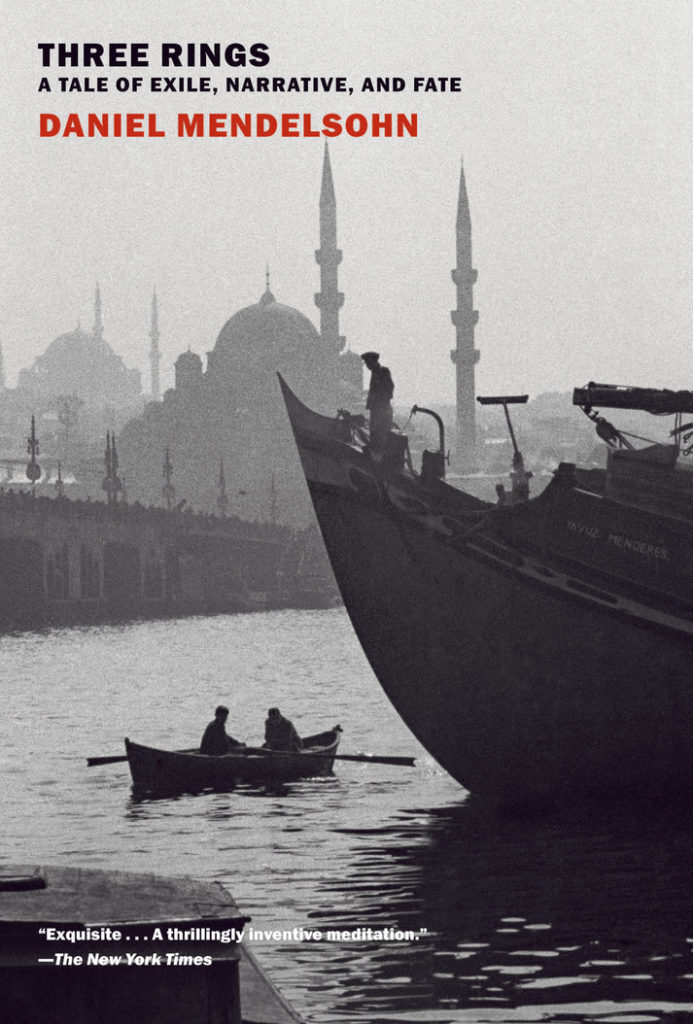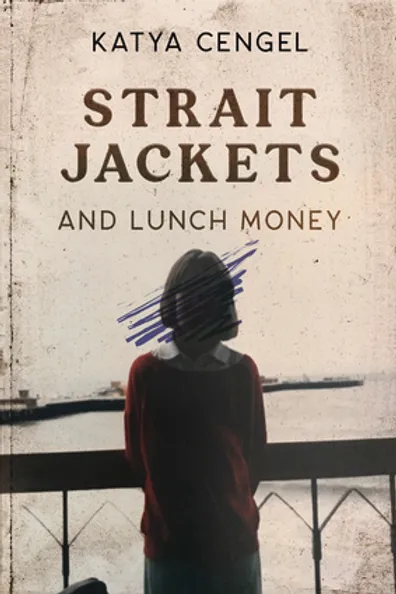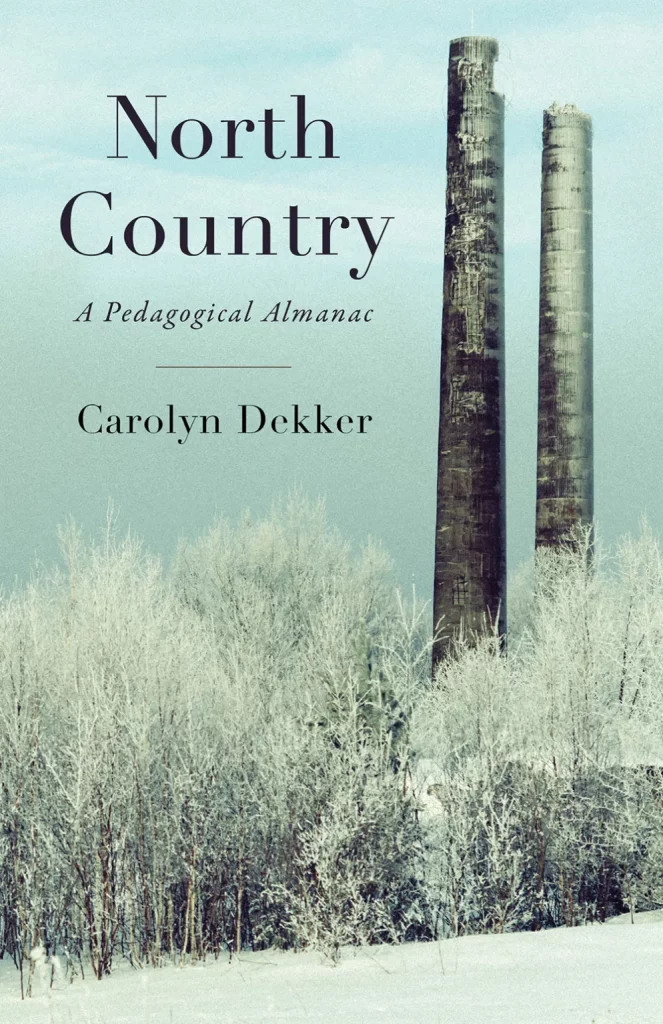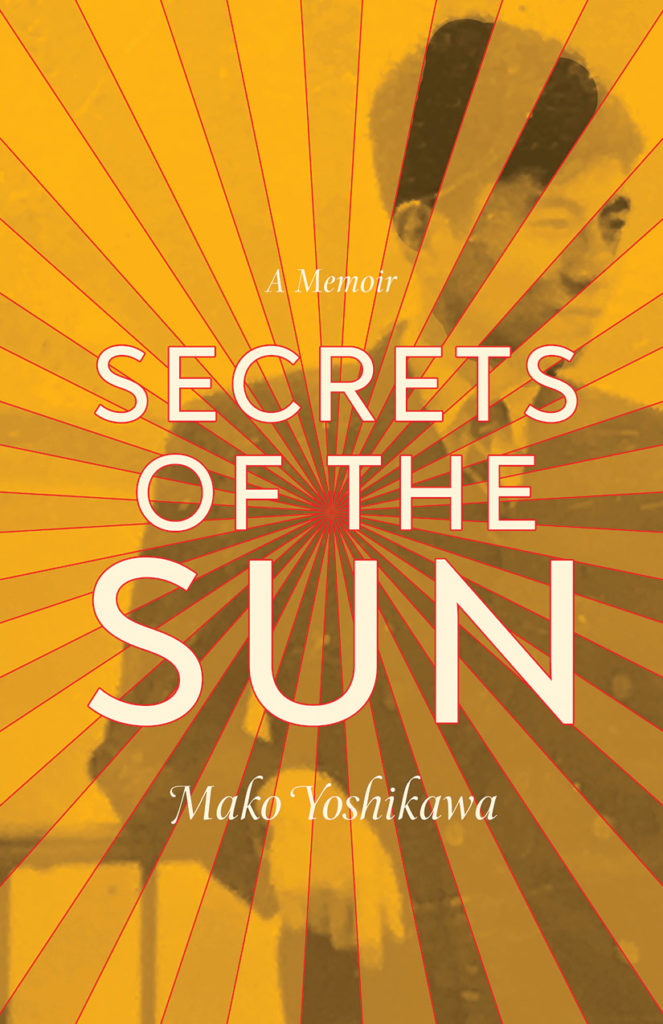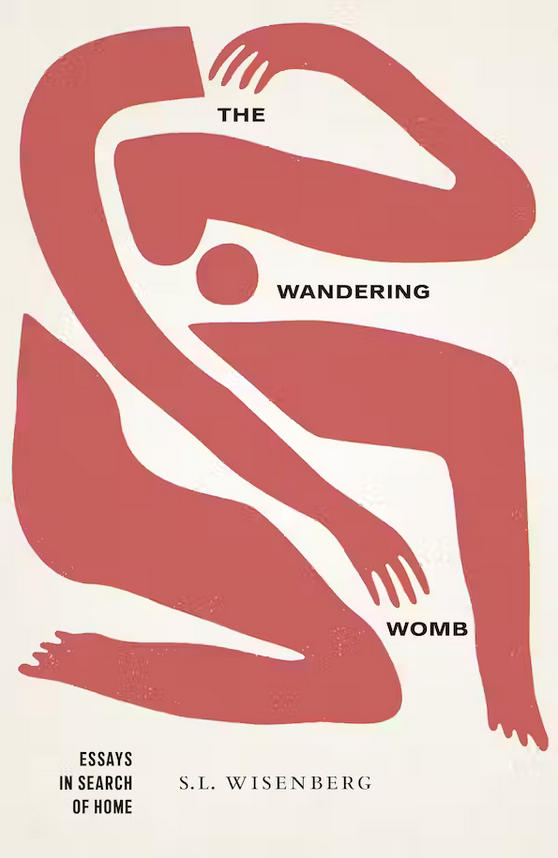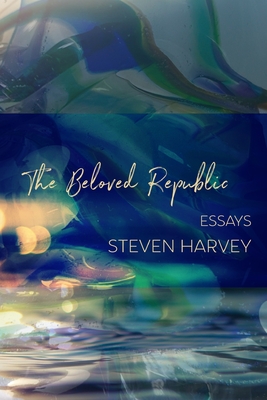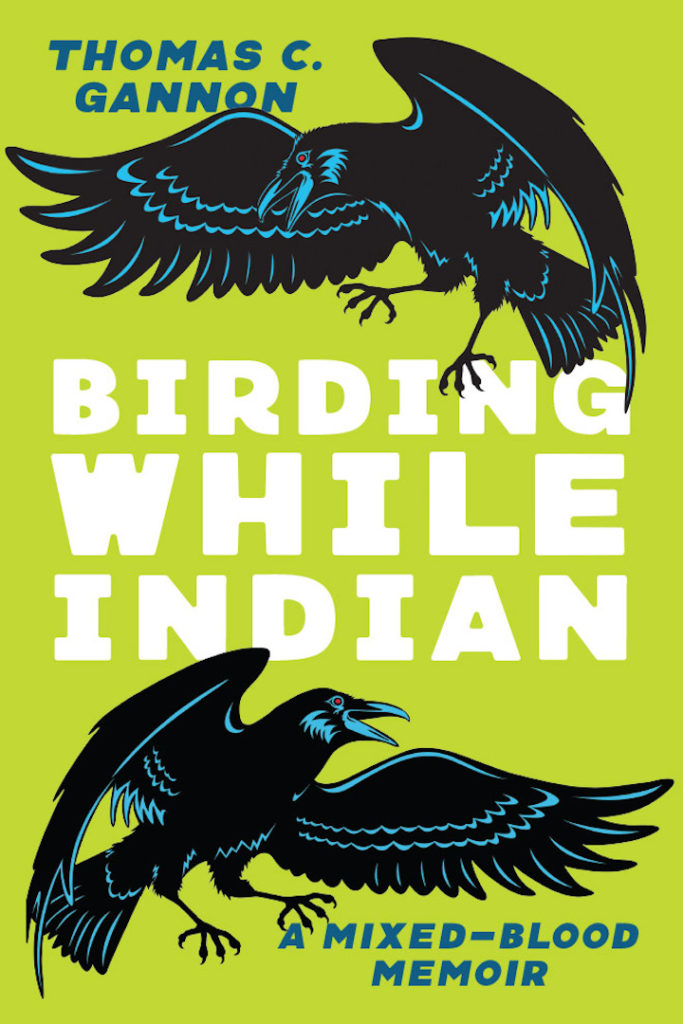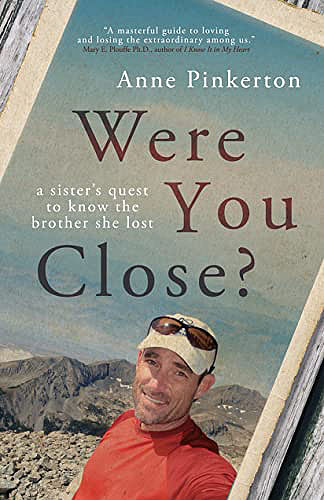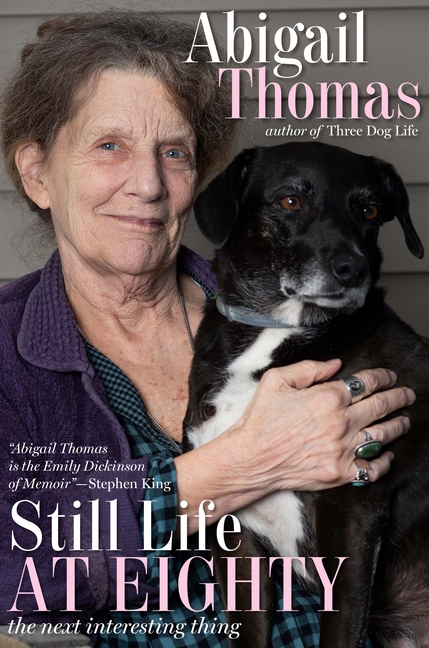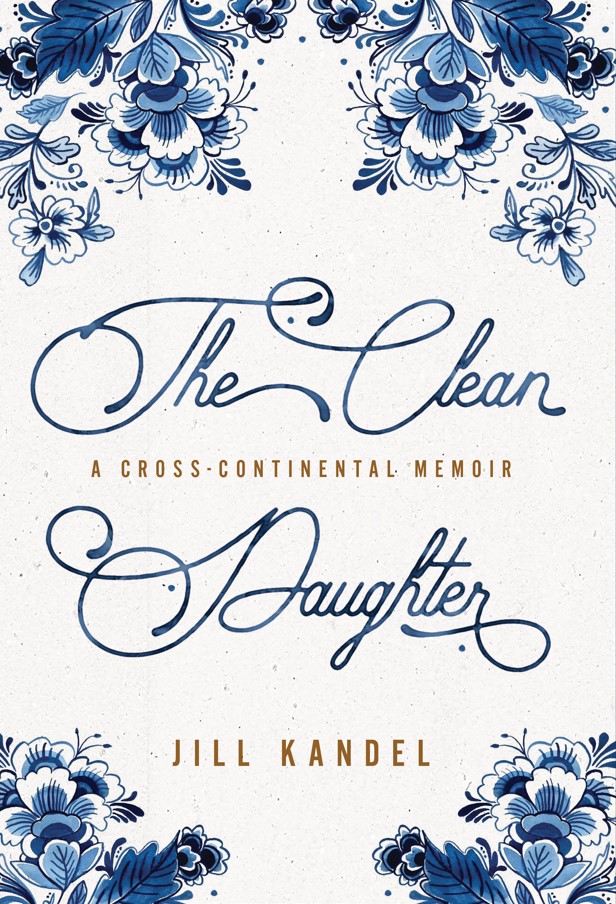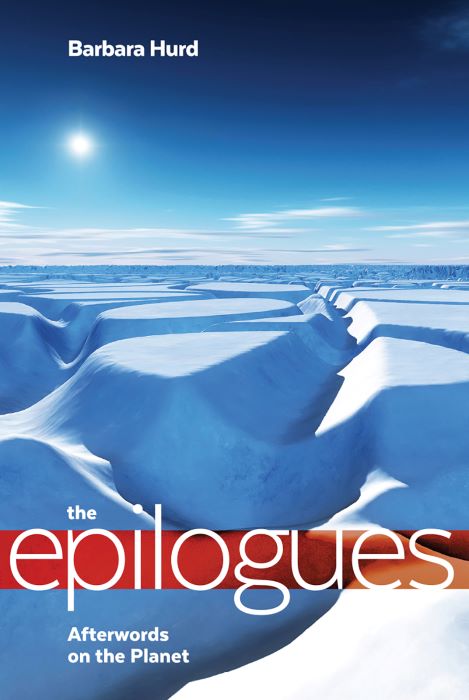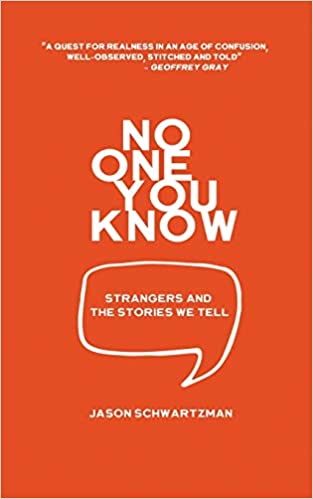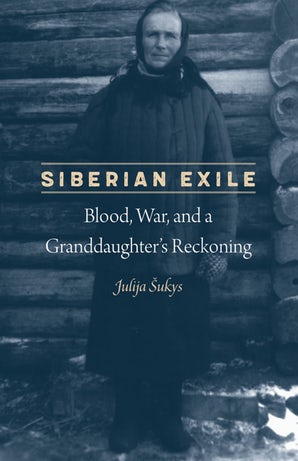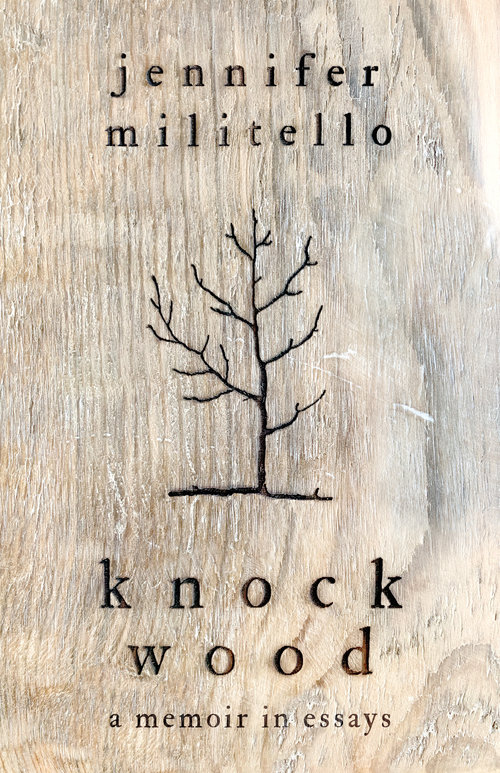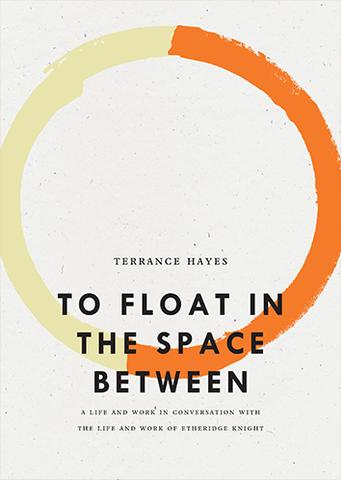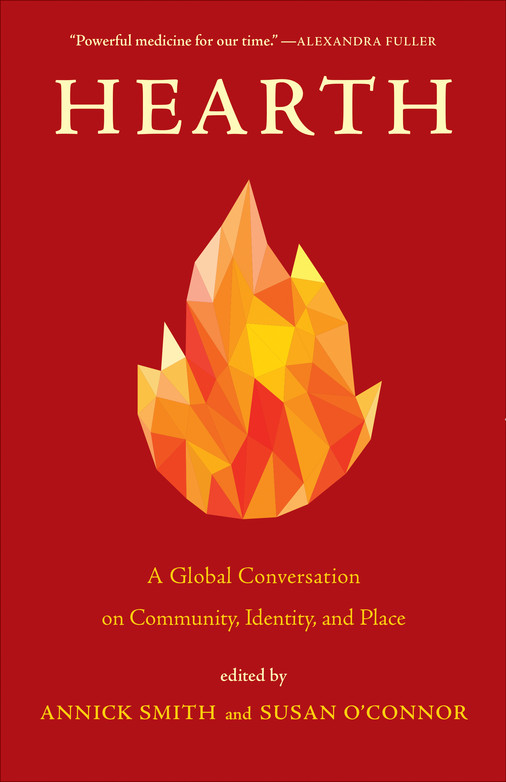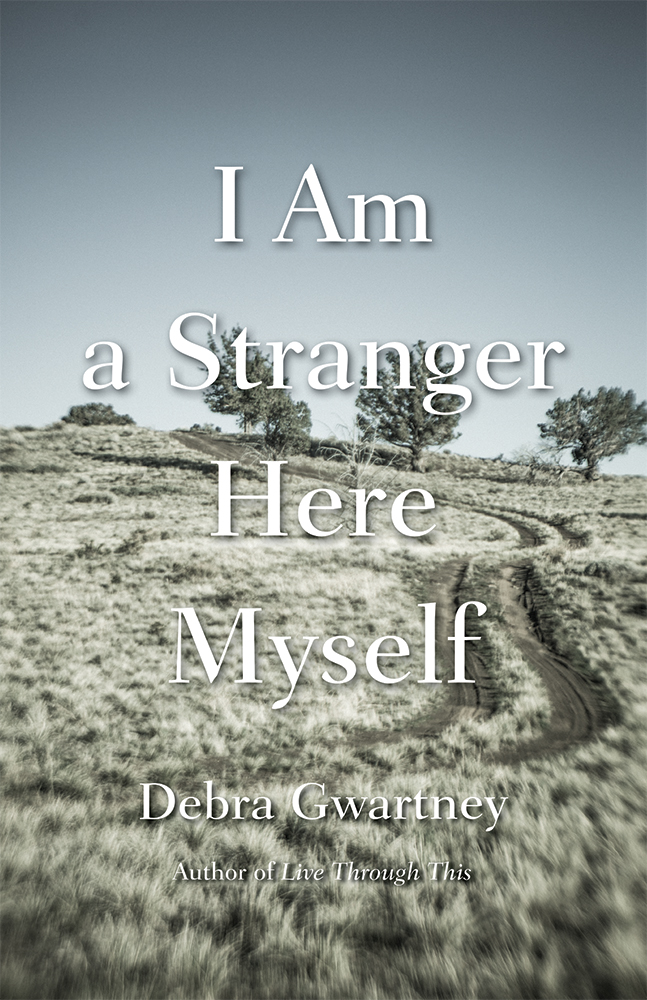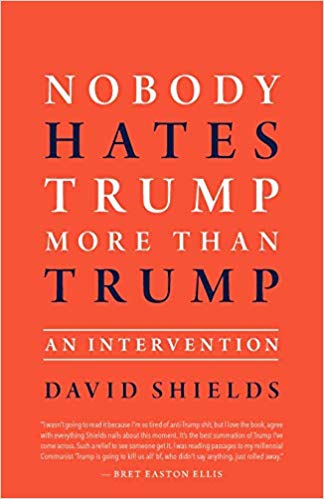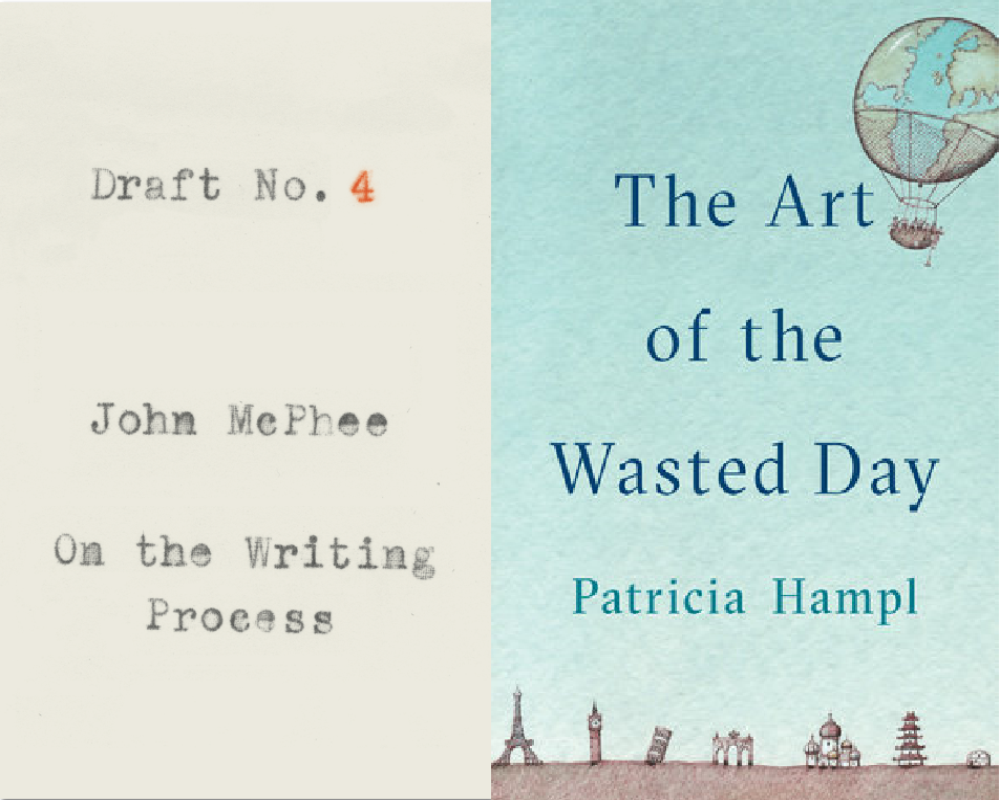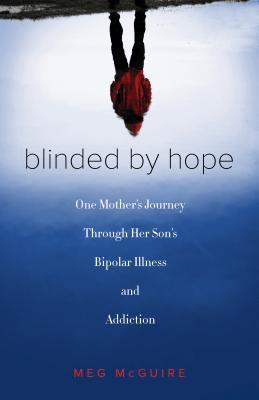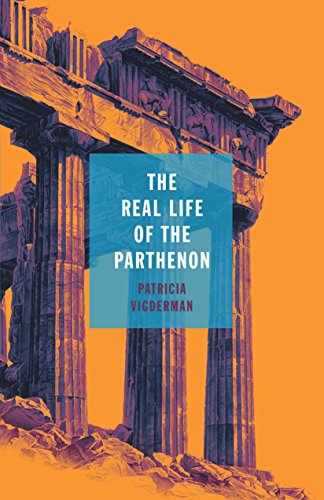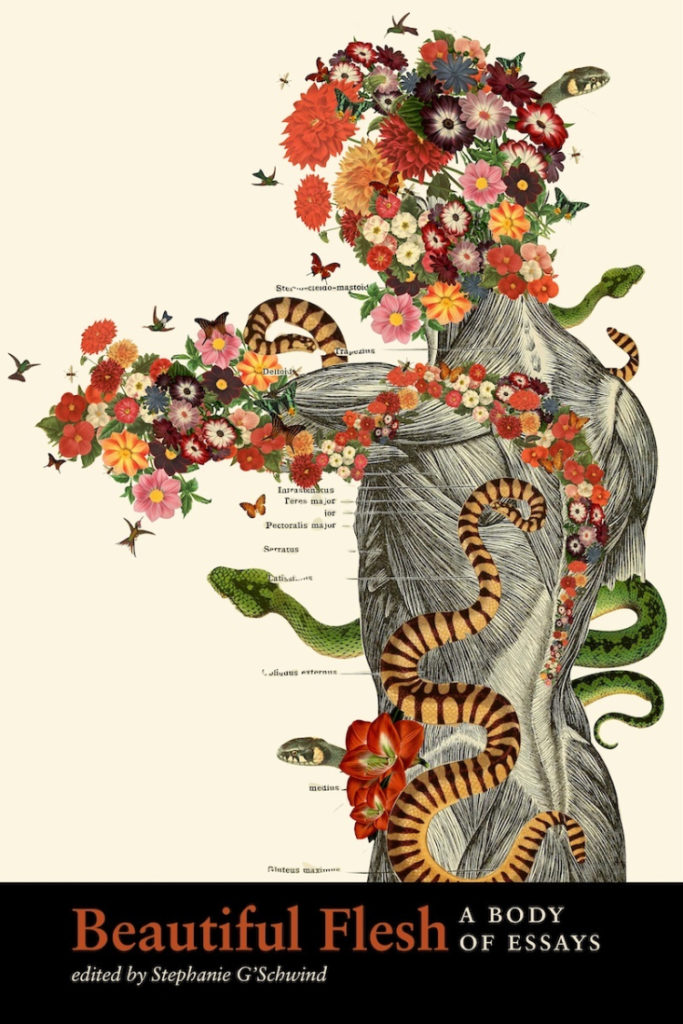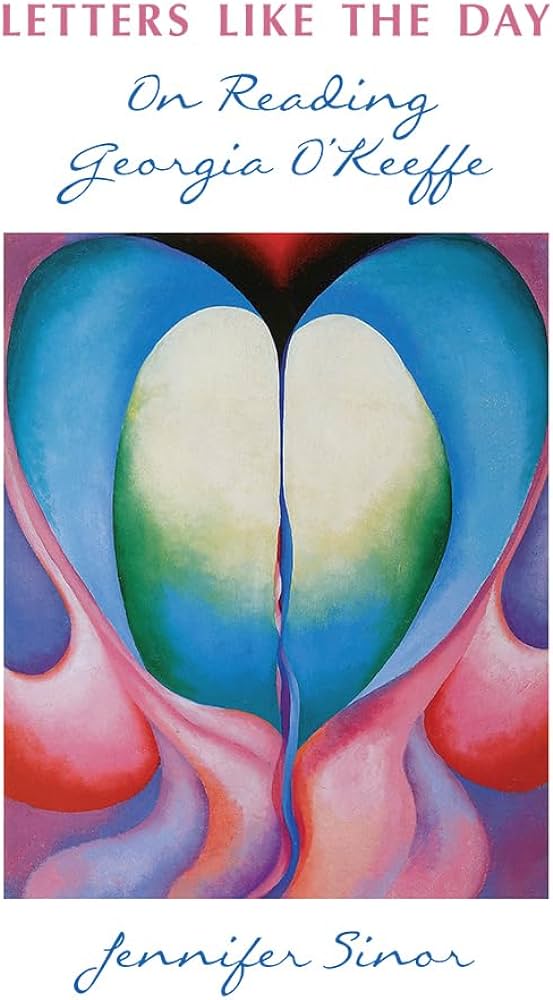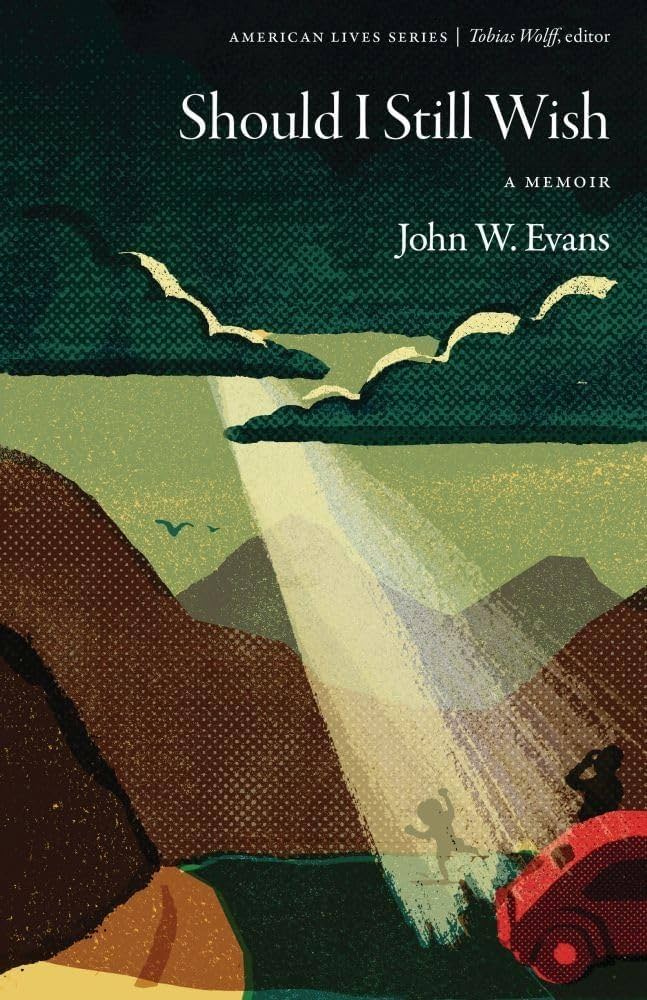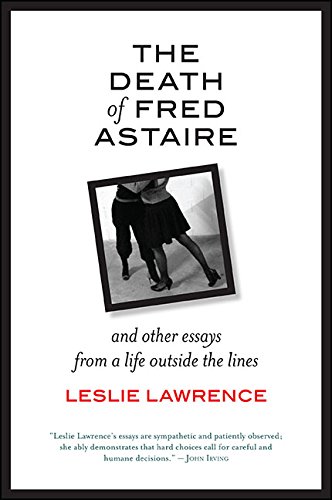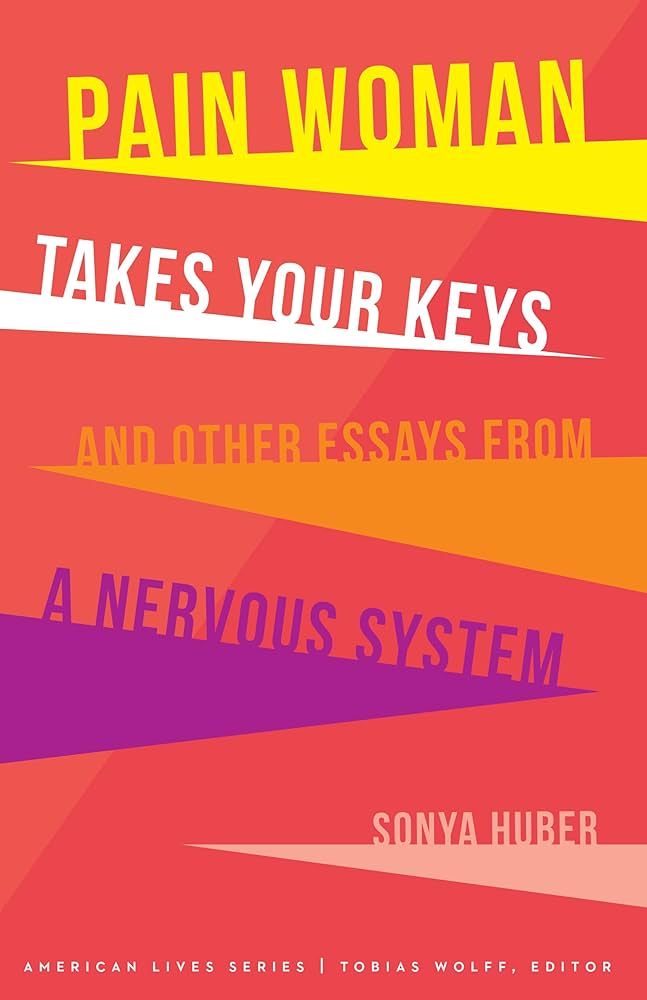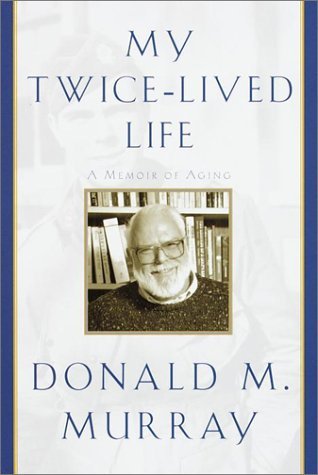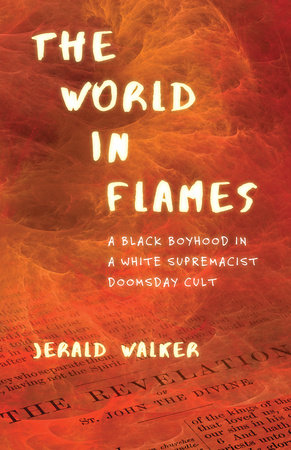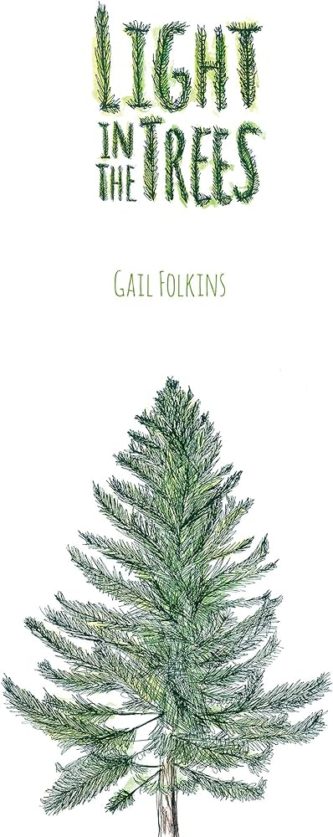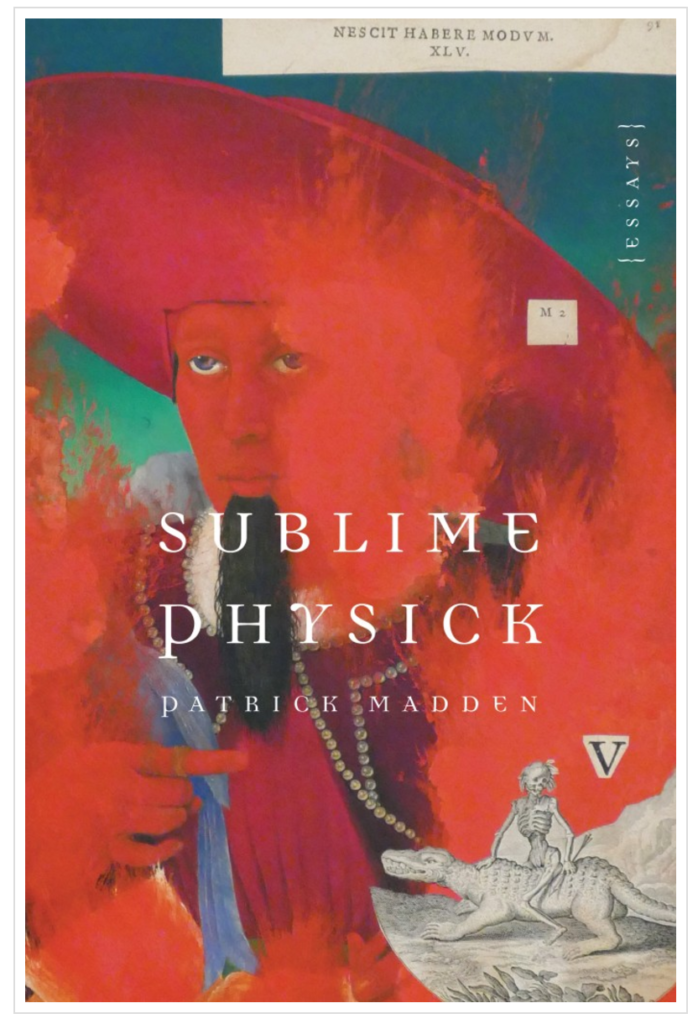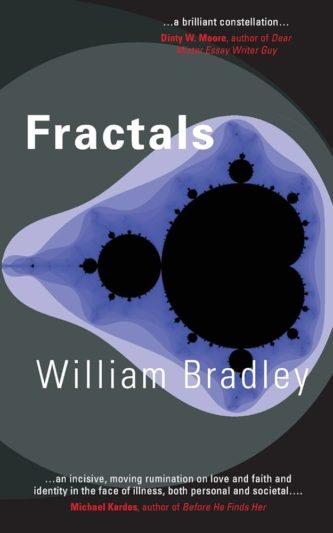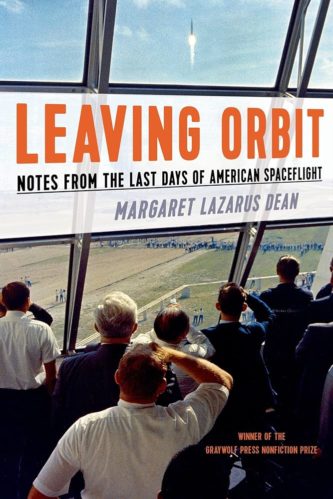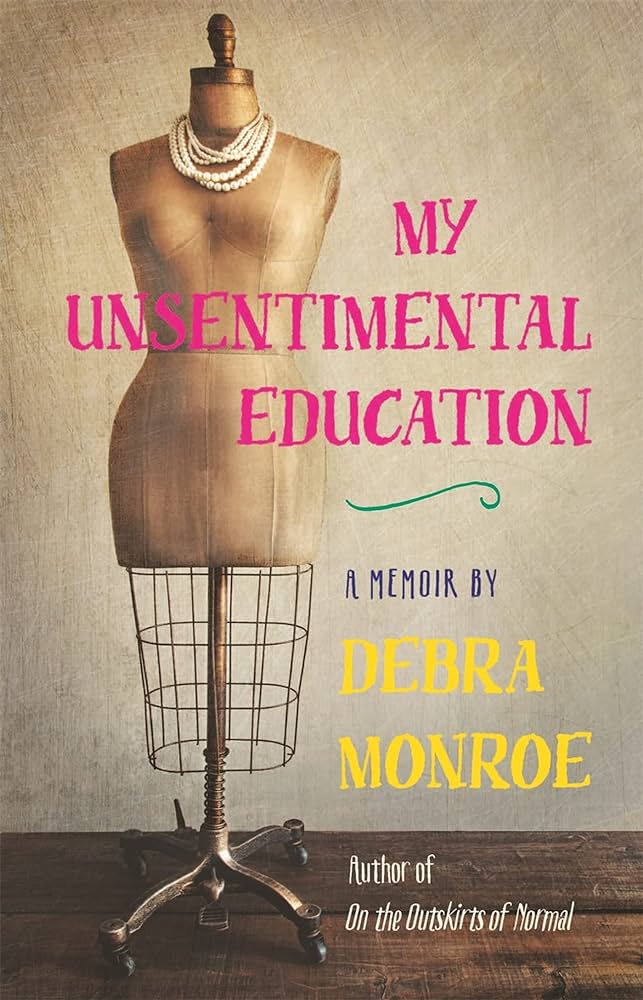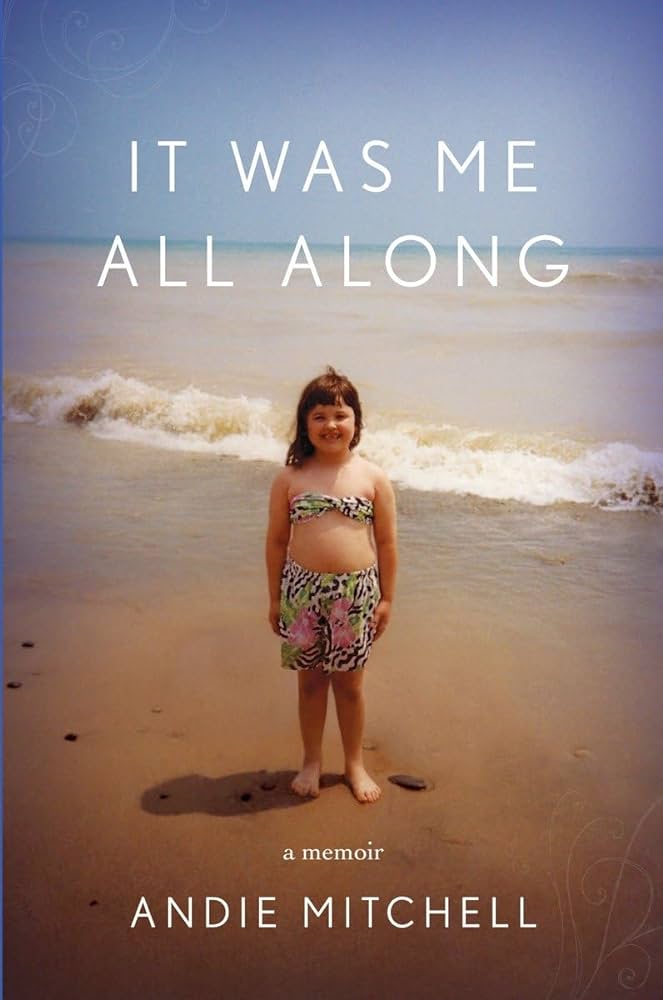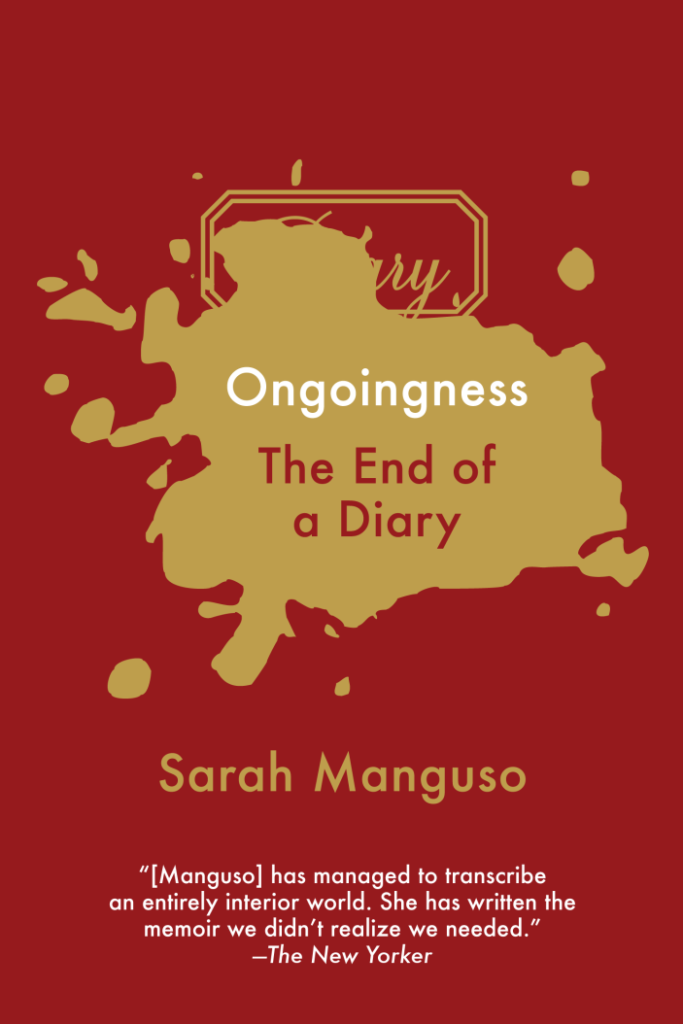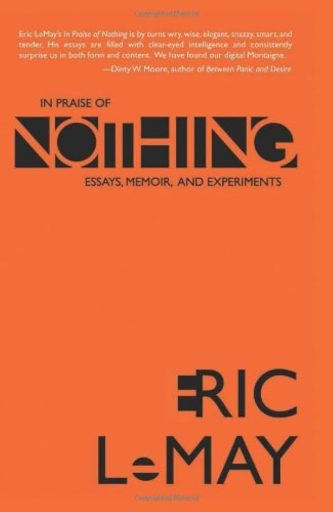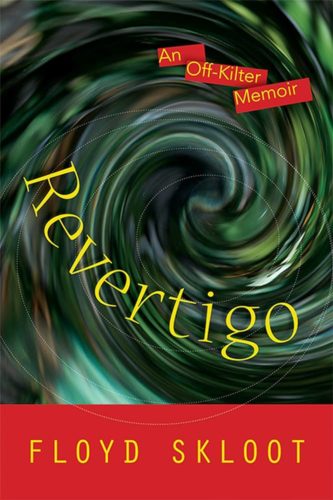By Katy Major
Be with Me Always by Randon Billings Noble
Be with Me Always is Randon Billings Noble’s first book, although she has been a celebrated essayist for at least a decade now. In 2008 Noble published “War Weary from a Dangerous Liaison” in The New York Times’s Modern Love column, retitled here as “Ambush.” The piece recounts Noble’s reaction to a jolting Valentine’s Day email from a contentious past lover and how the potential of a path not chosen can haunt us irresistibly. Since then, Noble’s essays been featured in The Rumpus, Brevity, Fourth Genre, and Creative Nonfiction, among other publications.
This book is the culmination of much of that featured work, buoyed by dazzling new additions like “Striking,” in which she speaks directly of the supernatural, her prime subject: “We can’t control when the ghost materializes or what drives it away, Sometimes it’s a presence, more often an absence.” Noble’s slim collection is teeming with ghosts of all shapes and sizes. However absent the hauntings therein may feel to her, to this reader they are vivid and immediate and bold, nestled in dreamlike prose.
For instance, in “Elegy for Dracula,” Gothic drama emerges from what, at first, seems like a sentimental reflection on young love:
He sent bulky packages full of black-and-white photographs that he had developed in his school darkroom, and I sent scraps of poetry from anthologies stolen from my English department’s lounge. . . . And then late one January night the phone rang. I was a hundred miles away, wrapped in plum flannel sheets bleached gray by the moonlight. He had called to tell me he had cut himself. There was blood on the floor, but he had found a bandage. What to say?
For Dracula—all the Draculas—blood is life. But it must constantly be sought. From victims willing or otherwise.
Totemic moments like this seem to be what drive Noble. Again, in “Striking,” a segmented essay at the heart of the book, she confesses: “Here I am haunted by my need to be haunted, by my reluctance to let anything stay buried, by my desire to bring hauntedness itself into this weak winter light and see it truly for what it is.”
Among her particular ghosts are experiences with pregnancy and childbirth (Gothic horrors, without a doubt), the prospect of widowhood, and the subversive pleasure of adopting the active gaze as a flâneuse, rambling in boots and coat, disguised as a genderless figure.
Pregnancy and birth narratives abound among nonfiction essayists. But Noble’s ability to access this trauma (Greek for “wound”)—through the unfamiliar re-formation of her body and its post-natal scarring—manages to challenge the cliché that too often dogs such stories. In “Assemblage,” she reimagines herself as Dr. Frankenstein, and her own twins as her creations. She poses the unlikely incarnation of such flesh doubled within a woman, herself, recalling Frankenstein’s confounding alchemy. It’s a powerful metaphor. Near the essay’s end, she writes:
These hands held Frankenstein on a sick child’s bed while these eyes read—heartbroken—about the creature confronting the creator who had abandoned him: “I am thy creature; I ought to be thy Adam; but I am rather the fallen angel, whom thou drivest from joy for no misdeed.” And then these hands put the book down, cared for the sick child who had been sleeping in that bed, and didn’t pick up the book again for days.
At one point—two or so pages before a sly admission regarding the nonfictionist’s calculated, “Holmesian” myth-making—Noble laments, as a writer, “Must every inch be unraveled and exposed?” No, every inch need not. Instead, her essays prove, in the way this reviewer’s favorite dog-eared collections by Patrick Madden and Charles D’Ambrosio also reveal, that the essayist need not craft a literary tell-all to create a captivating, significant work of narrative nonfiction. Though her title is taken from Emily Brontë’s “Be with me always—take any form—drive me mad!” these essays are not dark romantic adventures. Their mystery is more enigmatic.
For example, “What of the Raven, What of the Dove?” is about the problematic nature of excision of all sorts—in Noble’s case, the surgical removal of a nodule from her throat. (The title pays homage to Terry Tempest Williams.) The contrast between Noble’s writing in a grounded, plain-spoken style and the wild fantasy of other pieces like “The Elegy of Dracula” is especially apparent in this piece; one of its most powerful observations is deceptively simple: “The twins—my daughters—will live beyond me. Their lives are wide open, and they don’t know agoraphobia. My life is not claustrophobic, but it has narrowed narrowed narrowed with each choice.”
If not for the repetition of that single word “narrowed,” one might miss Noble’s despair. It’s also a deft nod to the essay’s theme—that which is carved away. Alongside Williams are references to other women writers who tackle similar moments of anguished being: Brontë, Mary Shelley, Virginia Woolf. Noble builds on such classics as Frankenstein and Wuthering Heights, renewing their literary themes in her own nonfiction.
In this sense, Be with Me Always is a singular addition to women’s nonfiction, an ever-expanding pantheon. In fact, women may be born essayists: they sit back, observe, and consider, perhaps by nature but more likely by social position.
In “Camouflet,” Noble positions observation, and perhaps essay-writing, as gendered. She writes of rambling the streets in plain clothes, disguised by her mercifully nondescript (and androgynous) appearance, her anonymity allowing her a new freedom:
I’m checking the sky, noting clouds. I’m feeling the weather on my face and hands, the sidewalk under my heels. I’m listening as I thread through a crowd or pause at a crosswalk—to conversation, to birds, to traffic’s rush, a truck’s grumble, the general hum and swell of the city. . . . I am looking and walking and looking and walking.
In “Camouflet,” Noble writes about herself as a flâneuse, the female version of the flâneur. She invokes two other flâneusesin this essay and, tellingly, both are female nonfictionists: George Sand, a novelist and memoirist known for flouting gender conventions of her time by donning men’s attire, smoking cigarettes, and perhaps pursuing a same-sex relationship; and Virginia Woolf. At the end of “Camouflet,” Noble speaks directly to her sister flâneuses: “I am moving fast, although I am not in a hurry. I’m not sure where to, but it doesn’t really matter. I am en flânant, following Sand, following Woolf, giving rein to my wandering wishes, heading across town, around the corner, and out of sight.”
Noble’s talents are numerous, and a myriad of them is represented over the course of Be with Me Always. Twice in the collection, for instance, she writes in the classic style of Montaigne (“On Looking,” “On Silence”), which are every bit as fascinating as her Gothic work. In addition, there are several prose poems or severely fragmented pieces (such as “Striking), which invite further meaning-making through their creative structures.
However, to comment on the author’s fluency with the essay would be to neglect Noble’s ideas, which are original and compelling. Anyone can manipulate structure, but the conclusions that Noble reaps from the annals of Gothic literature and the flotsam of her life are entirely her own. The most overt truth that runs through the collection is a paradoxically reassuring one about her presences, namely, that our hauntings, our memories, and the questions that drive creation—of career, of child, of essay—prevent us from being alone. The essay, a peek into the nonfictionist’s internal life, is likewise a stay against loneliness, and, to that end, Noble and her collection are fascinating companions indeed.
University of Nebraska press
$19.95 Paperback | Buy Now
Katy Major is a writer and freelance critic from Medina, Ohio. Most recently, her essay, “Cicadas,” was published in Adelaide Magazine in the summer of 2017. Katy recently received her Master of Fine Arts degree and is now teaching academic writing. You can find her on Twitter at @wildthingwriter or visit her website on critical reviews of horror films at WildernessHorrorBlog.wordpress.com.

